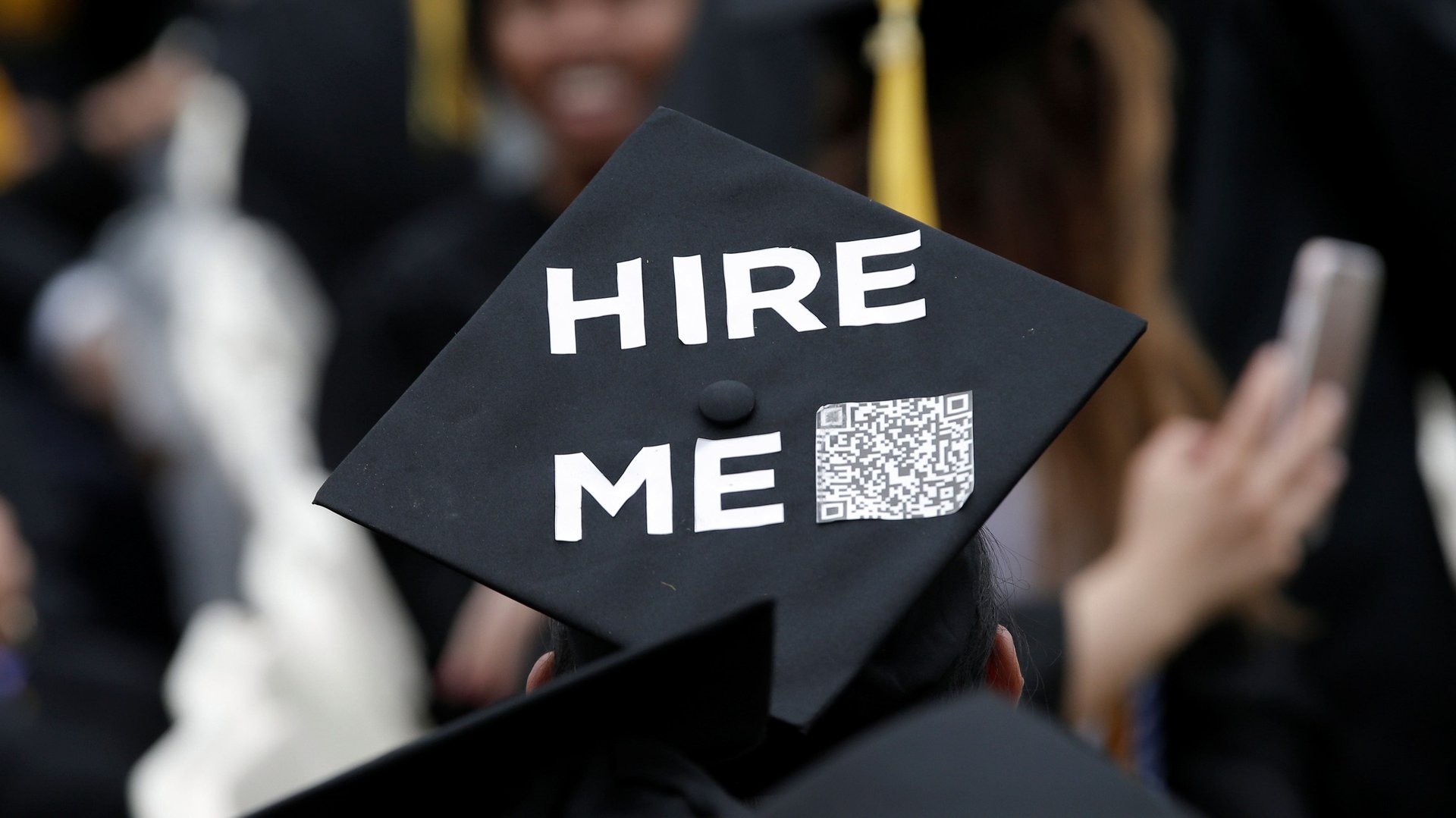Some US-educated H-1B aspirants may soon have an edge in visa applications
Starting today (Jan. 31), the US citizenship and immigration services (USCIS) will accept public comments on its proposed rule allowing more H-1B visas to those who have completed their higher education in that country.


Starting today (Jan. 31), the US citizenship and immigration services (USCIS) will accept public comments on its proposed rule allowing more H-1B visas to those who have completed their higher education in that country.
This is the last step before the rule to reverse the lottery orders, first proposed by the USCIS in November 2018, becomes a reality.
Currently, the first round of the lottery awards 20,000 visas to randomly chosen applicants from a pool of only advanced degrees-holders from US universities. Then applicants with advanced degrees who were not chosen in the first round are put back into the larger, common pool of applicants across degree levels where 65,000 visas are allocated.
Effective April 01—when the USCIS starts accepting applications for fiscal year 2020—that process will be reversed. Students pursuing their master’s, doctorate, and other advanced degrees from American universities will first be picked in the 65,000 general cap; the remaining will be run in the master’s-and-above 20,000 category.
Switching the order of the lotteries will result in the number of students with master’s degrees from US-based institutions who secure H-1Bs going up by 16%, or 5,340 workers. The H-1B allows immigrants to live and work in the US for up to six years.
The new system hopes to tackle a common criticism that the H-1B programme prioritises low-cost foreign workers over American workers. “DHS (department of homeland security) believes this final rule is merit-based in that it will likely increase the number of beneficiaries with a master’s or higher degree from a US institution of higher education to be selected for further processing under the H-1B allocations,” wrote Kirstjen M Nielsen, secretary of homeland security.
Under the rule, an online registration component has also been introduced, but that may be postponed until next year as the USCIS completes user testing and system verifications.
Where are the students?
Though the new lottery system is good news for foreign students at American universities, the move may have come too late. Some of the brightest talent from abroad have already stopped coming to the US for education due to the hostile immigration environment.
For instance, the share of Indians, the US’s second-largest international student population, in science and engineering degree courses at the graduate-school level fell 19% in the fall of 2017 versus a year ago, the National Science Board data show. In the same period, US-based institutes reported a nearly 7% average decline in international students enrolling for the first time at a US institution.
Nearly seven in 10 US universities believe visa woes are responsible for the slowdown.
The silver lining, though, is that cost-savings are in order for everyone involved.
Money matters
“The new registration system, once implemented, will lower overall costs for employers and increase government efficiency,” USCIS director L Francis Cissna said.
Petitioners whose registrations are not selected during the online registration stage will save time and money associated with completing and mailing entire H-1B petitions, the document published on the federal register notes. Also, the government will no longer have to “receive, handle, and return large numbers of petitions that are currently rejected because of excess demand (un-selected petitions), except in those instances when the registration requirement is suspended,” the immigration authority noted.
There’s a one-time spend of $1.5 million associated with the initial development of the registration website, but then the cost-saving for the DHS, which the USCIS is housed under, will be an estimated $1.6 million annually.